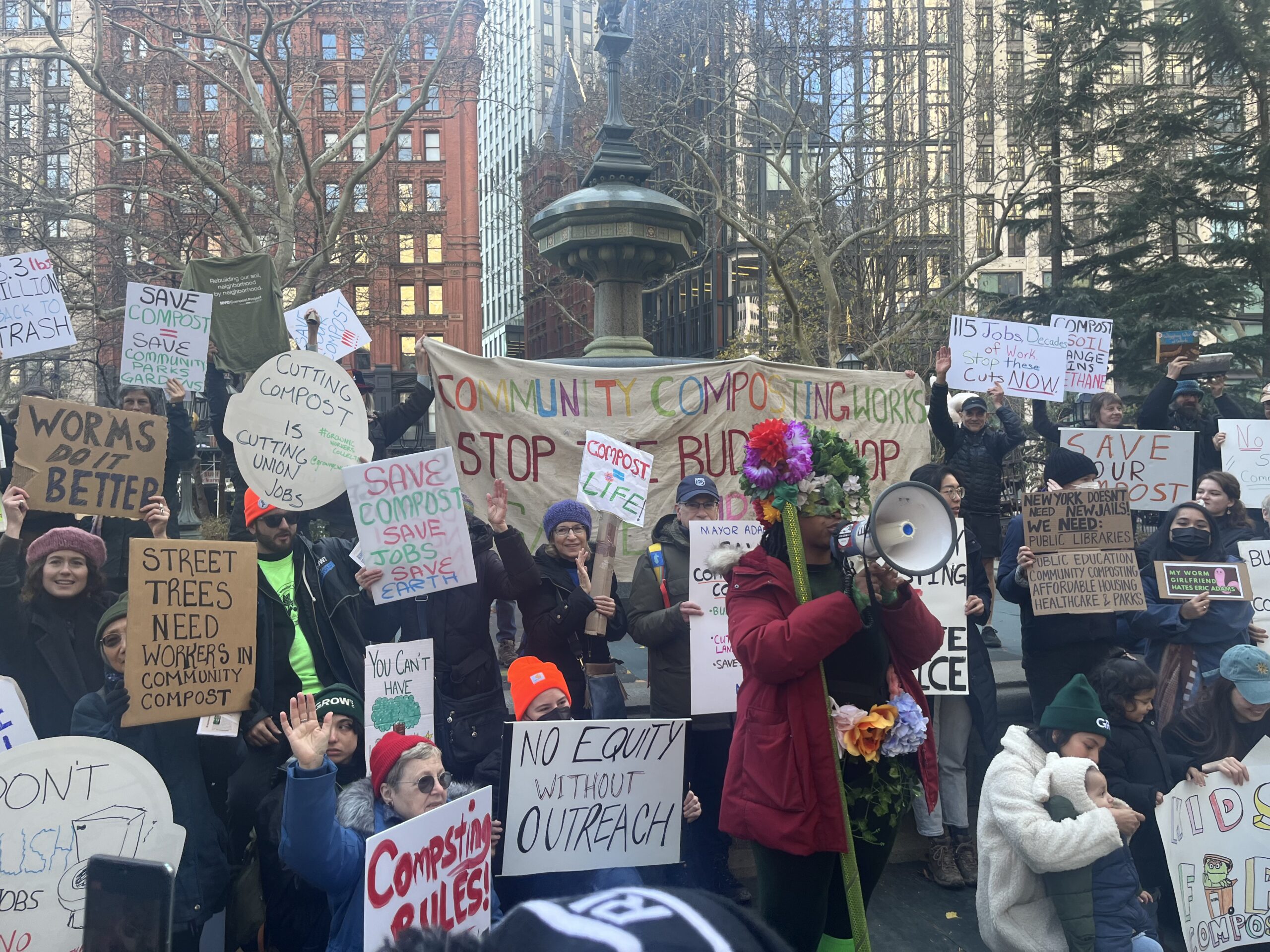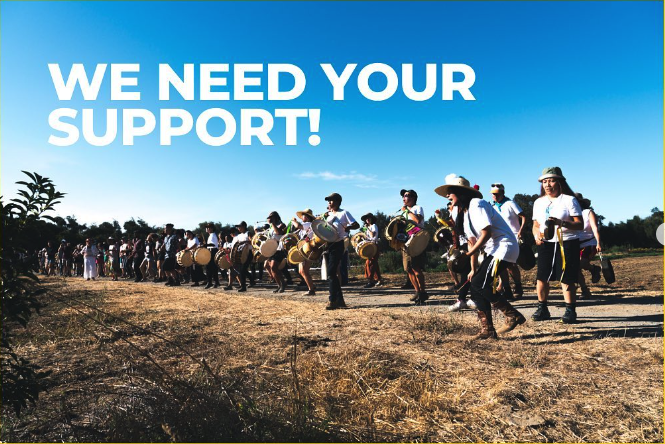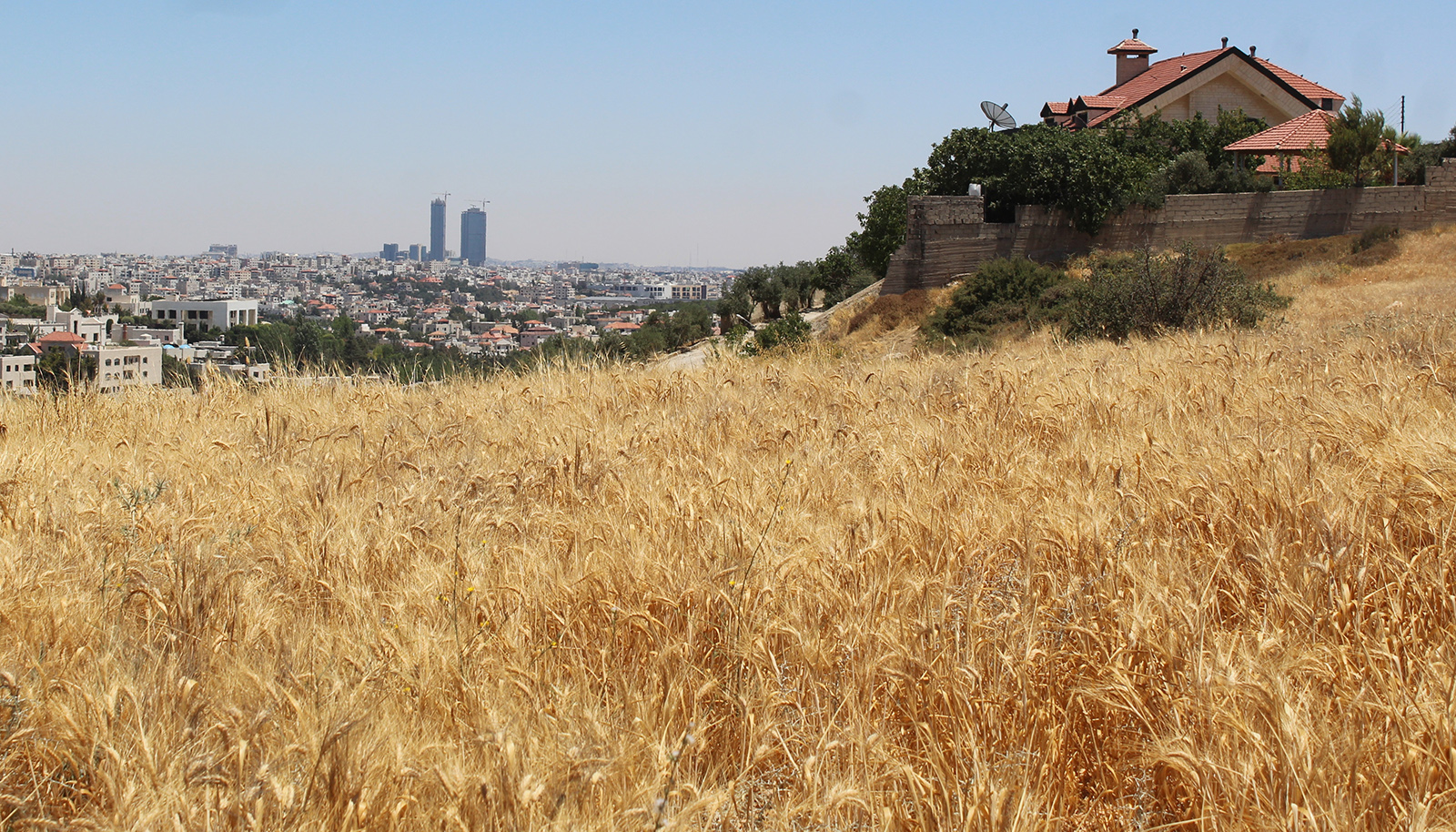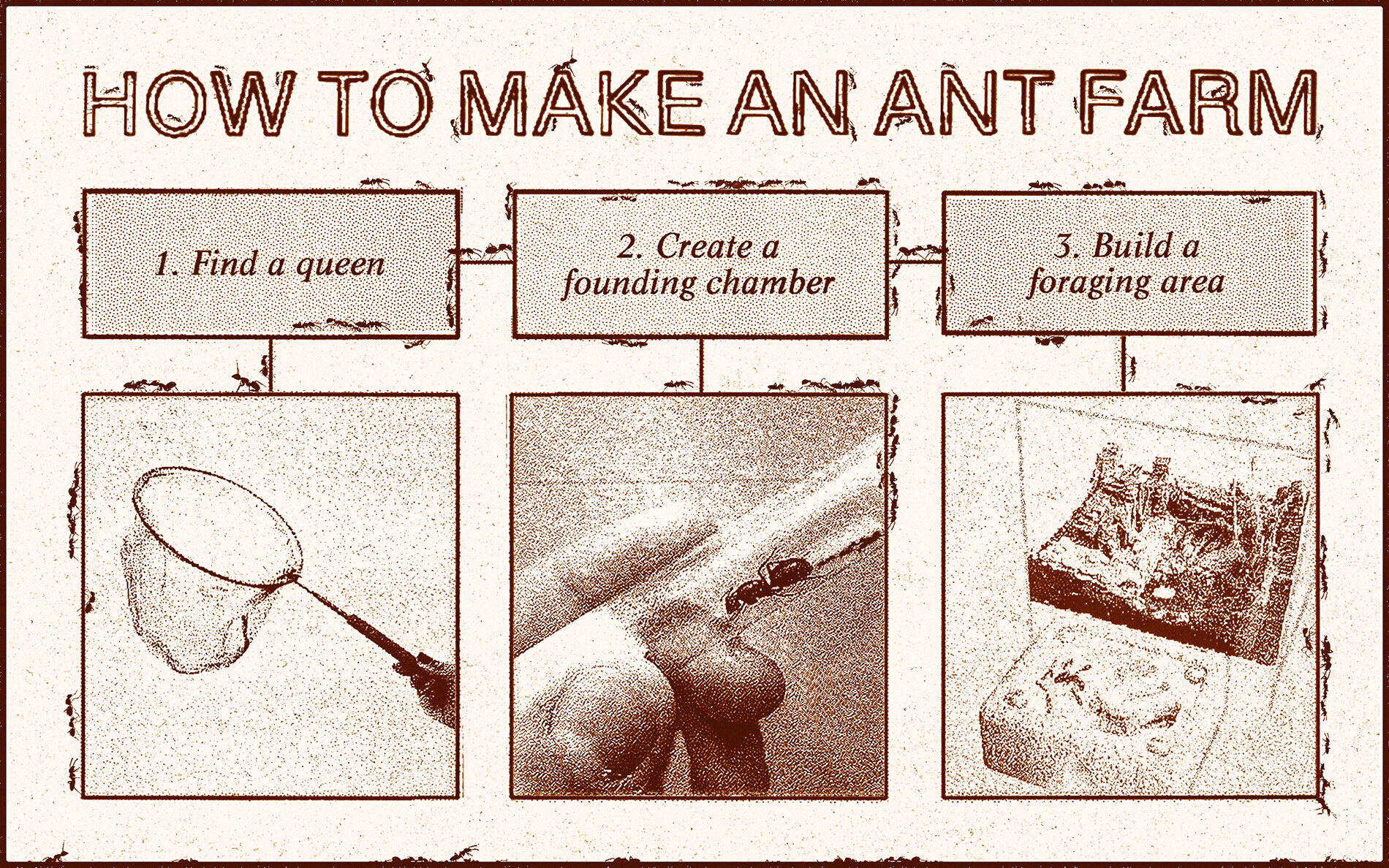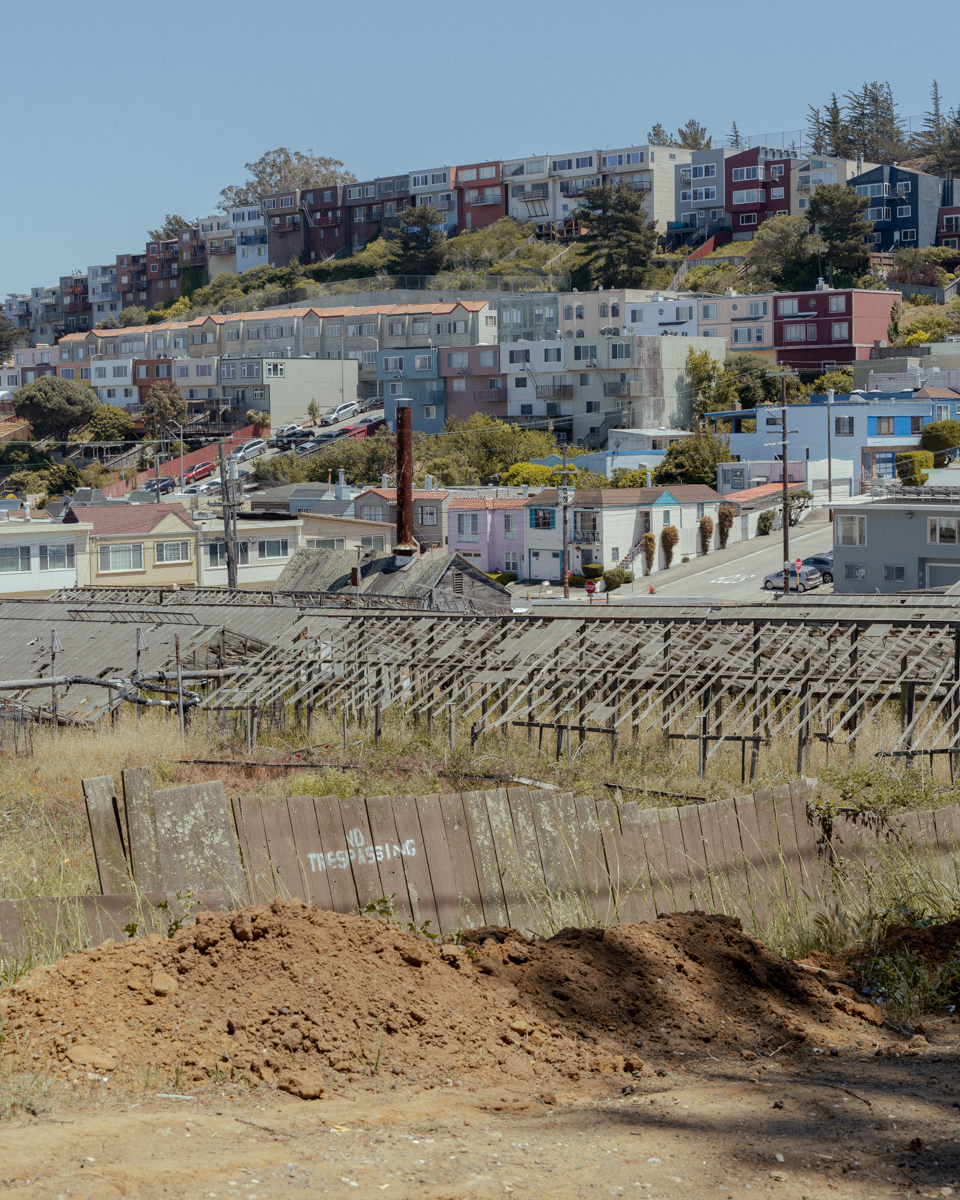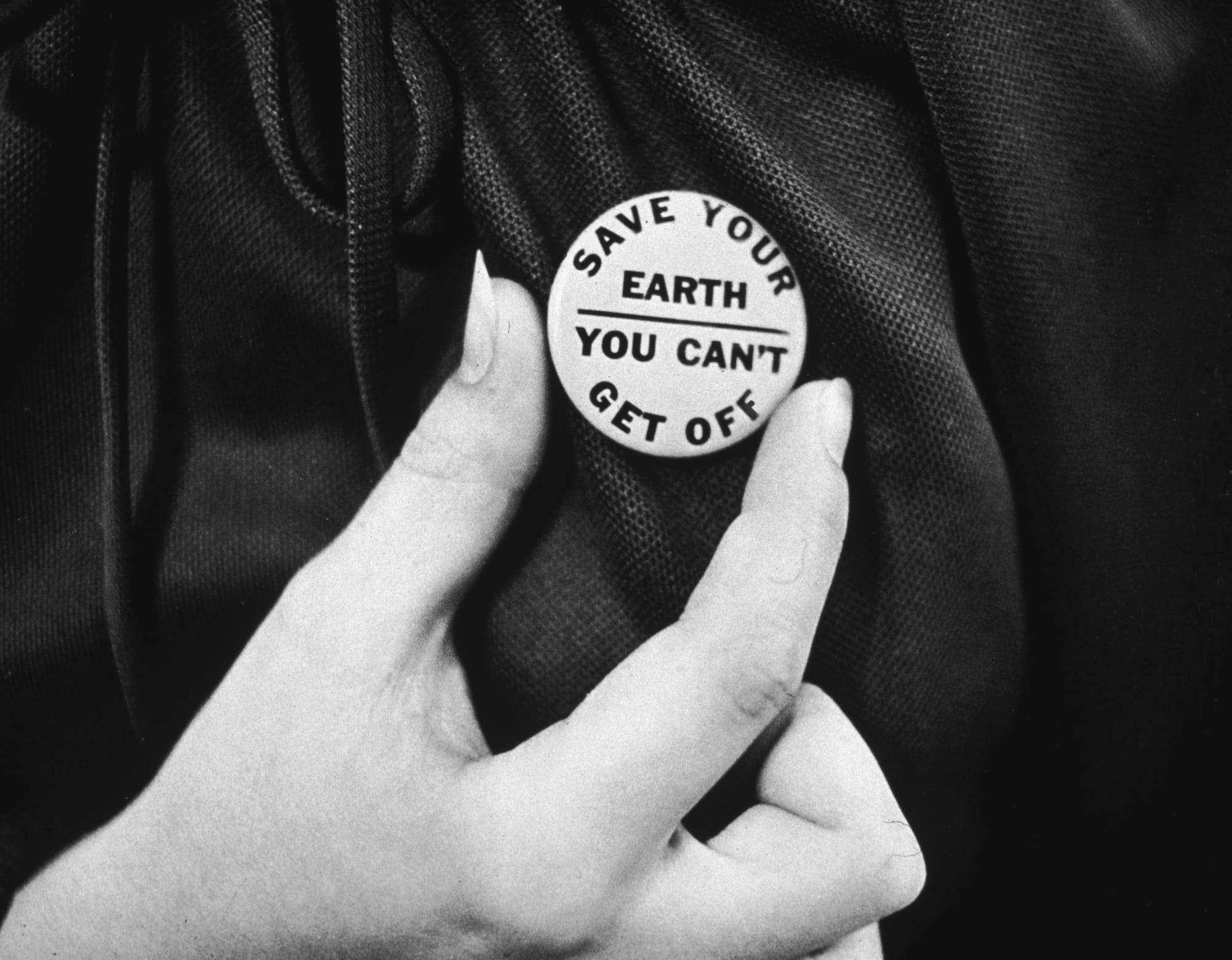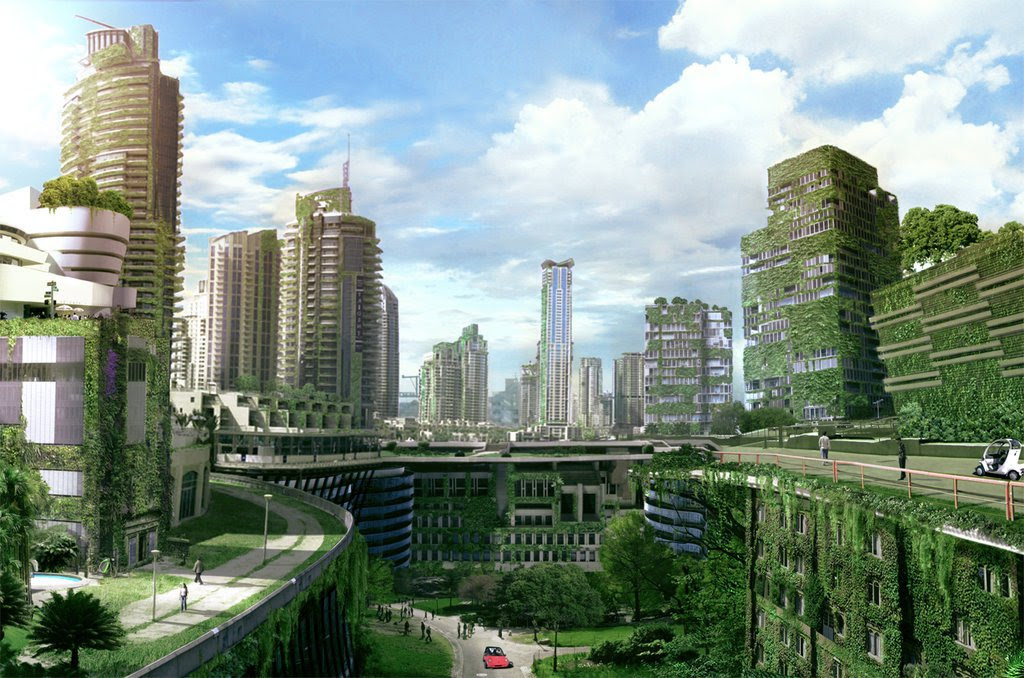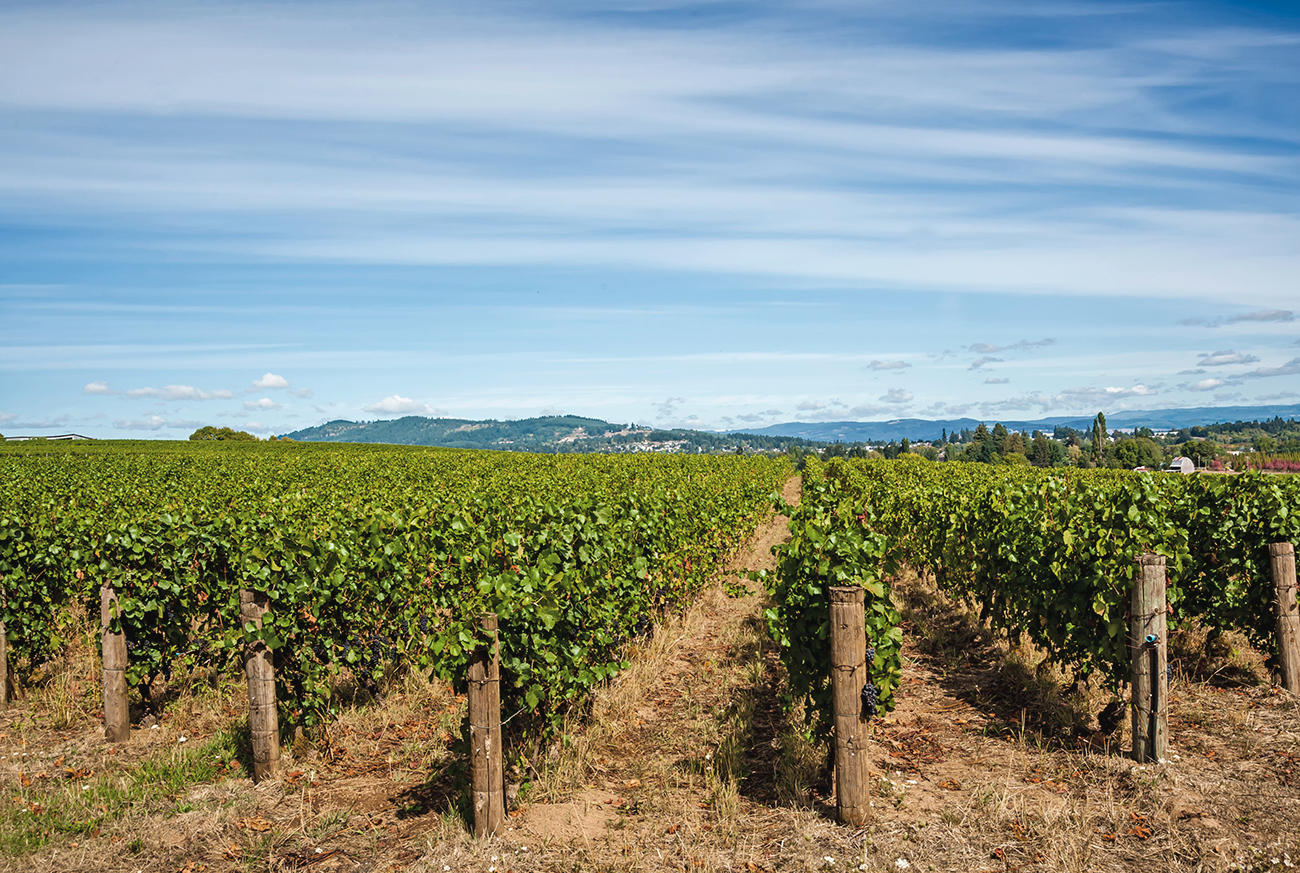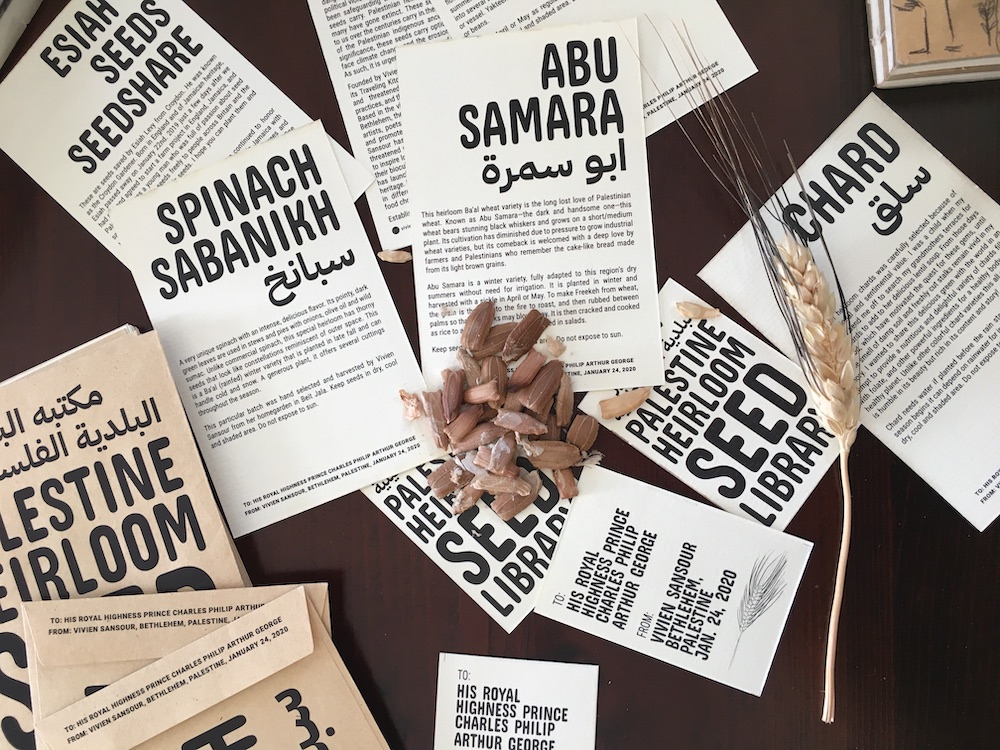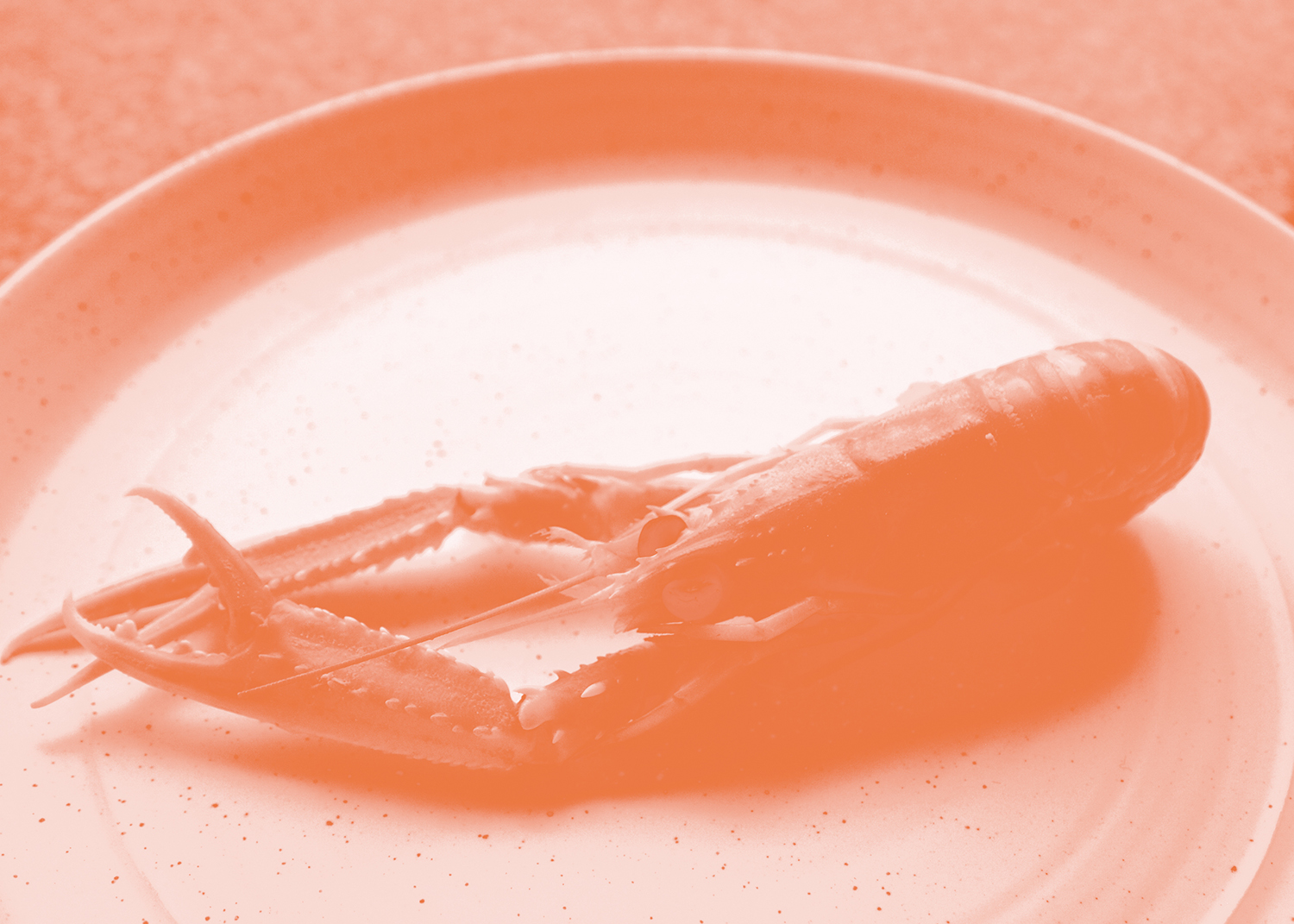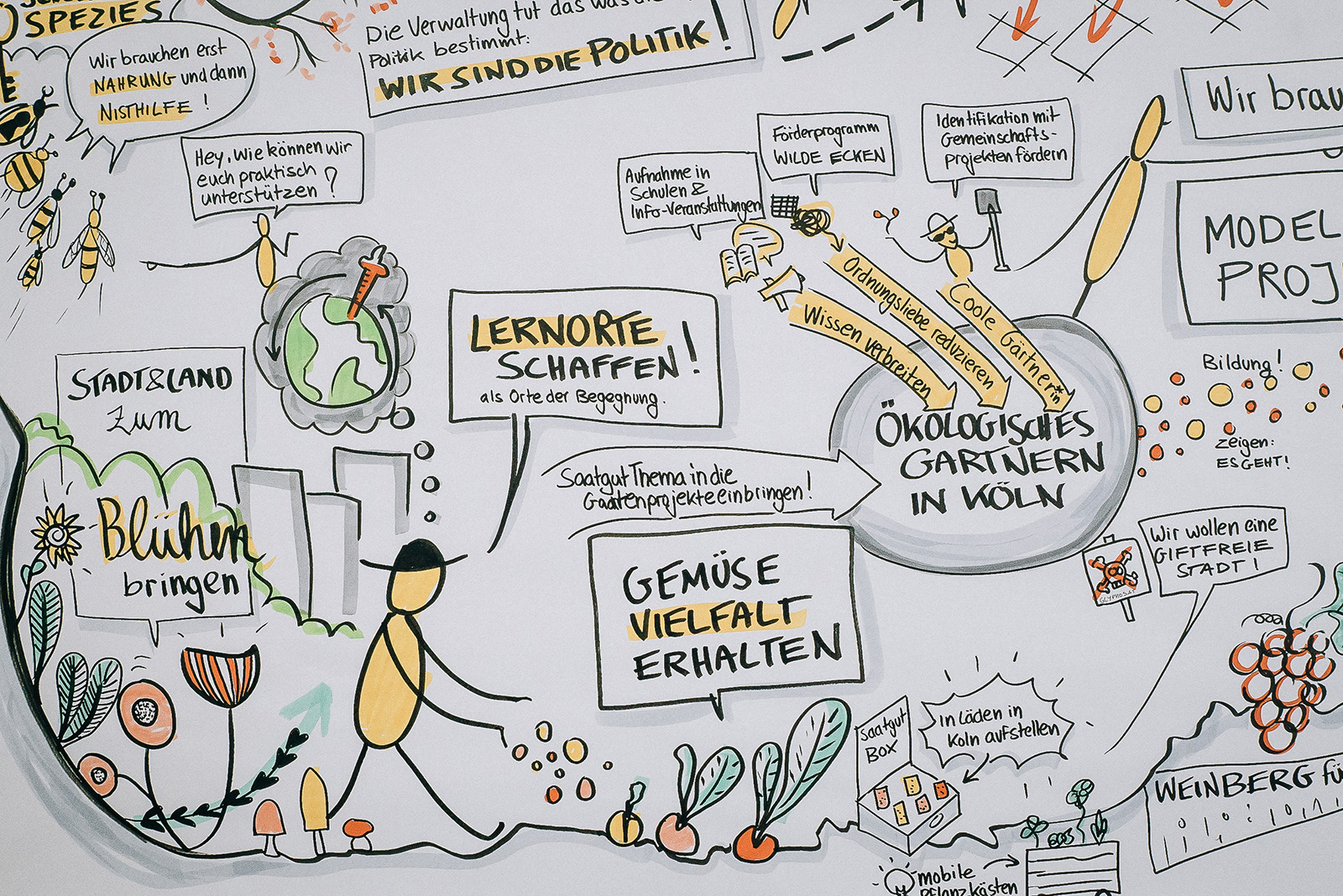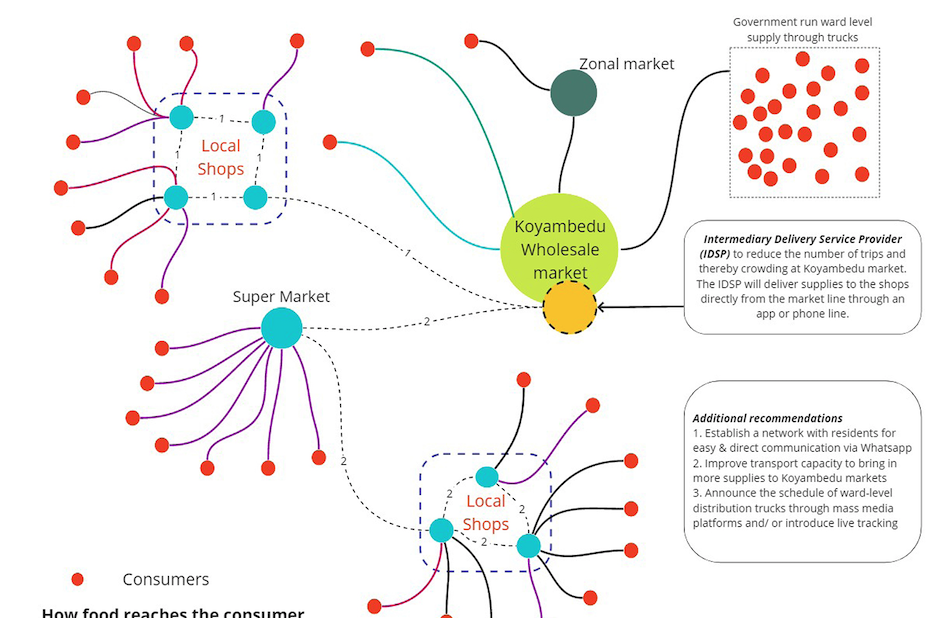The AgTech Insider is MOLD’s bi-monthly short list of potential applications of emerging technology and new business models in agriculture. Signup for the AgTech Insider Newsletter today.

Synbio: So Many Nitrogen Birds, One Huge Stone
What is it: Bayer Crop Sciences and Boston biotech startup Ginkgo Bioworks (who we wrote about in MOLD Magazine 01) are teaming up to create a new venture that can potentially disrupt the $80 billion chemical nitrogen fertilizer market with a solution that would allow crops like corn and wheat, which currently both need outside fertilizer to produce a proper yield, to create their own nitrogen and thus their own fertilizer.
How it can help agriculture: Plants like peanuts and soybeans produce their own nitrogen naturally, and if it could be done for other crops, the potential for farms saving money, the environment thriving, and waterways remaining cleaner is going to be large. While chemical fertilizers have helped us better feed a growing planet, it has certainly come at a cost. The potential for this solution, even though it is not necessarily outside agriculture, made it a must-share on this AgTech Insider. (via Forbes)

What is it: Ex-Google employees have created a new automated pantry-like store they are calling Bodega, with the idea being that these 5-foot-wide cooler boxes could be placed in public spaces, the gym or office. The upgraded vending machines would hold core store items one would typically run to a grocery store to get (think milk, bread, eggs, etc.). Currently receiving a lot of push back from mom and pop stores and community-minded individuals, Bodega hopes to be a more convenient solution to consumers by bringing shopping to them.
How it can help agriculture: While real Bodegas in LA and New York may not like this idea, I imagine the opportunity to use a smart, secure, and sensored pantry could change the ability for small farms to host automated road-side farm stands right outside their farms without having to be there. Growing up on an almond farm, we never did a roadside stand in large part because we didn’t want to sit around all day for only a handful of sales. But, if we had an automated and secure system, who says we couldn’t sell almonds year round to those passing by? (via Fast Company)

Drone: How to Protect Drone-Delivered Fruit
What is it: Researchers at Swiss Federal Institute of Technology in Lausanne (EPFL), Switzerland created a lightweight cage that can expand to 92% of its original size, allowing for not only safer urban deliveries (for the drone and humans) but also packages that have a smaller risk of being damaged in delivery.
How it can help agriculture: Part of the challenge for small scale farmers is getting to market before your harvest has time to spoil, and in places where infrastructure is poor, this is not always easy via roads. Nor has it been easy via drone—one of the reasons being that a drone carrying apples can be a drone smothered in apple sauce by the time it lands. A origami inspired cage like the one from EPFL can change that, and give farmers another avenue to market. (via IEEE )

What is it: Researchers at Cornell University have created a robotic arm that they are experimenting with on a number of applications. They describe their new design as, “A compromise between an extra arm mounted on the torso and extra fingers (or an extra thumb) mounted on the hand.” Imagine a little short arm, that of course has extension capabilities, with a gripper that you wear on your elbow, giving your real hand the chance to still operate properly.
How it can help agriculture: From trying to drive the tractor straight at super low speeds while sorting out an implement or doing one of the million other things a farmer multi-tasks to complete, this tool could be a major help for farmers. Especially considering that a vast majority of American farmers today are nearing or over retirement age, having an extra hand to help lift, hold, or do just about anything can be a huge help on the farm. (via IEEE)

Inspired by Fashion: Origami That Grows
What is it: Designers out of London have created toddler clothing that grows with the children. Inspired by origami and the alarming amount of baby clothes that any single infant goes through, the designers turned to scientific principles, and a bit of aeronautical engineering, to create the lightweight, waterproof and recyclable fabrics that won them a prestigious James Dyson award. Yes, there is an agriculture connection…please keep reading 🙂
How it can help agriculture: If you have ever had to stake an orchard, which means driving wooden stakes into the ground strategically to hold up heavy branches full of peaches, almonds, etc., then you are going to love this connection: imagine using origami designed posts, that could collapse when needed but also grow to support a tree, thus reducing the amount of time you would need to move the stakes every year. This technology could also drive down the need for the chemically-treated stakes that every farmer comes to hate. Trees grow much differently than toddlers, but similarly, they require a lot of attention and investment. Origami could be one way to drive down requirements for both. (via The Guardian )
